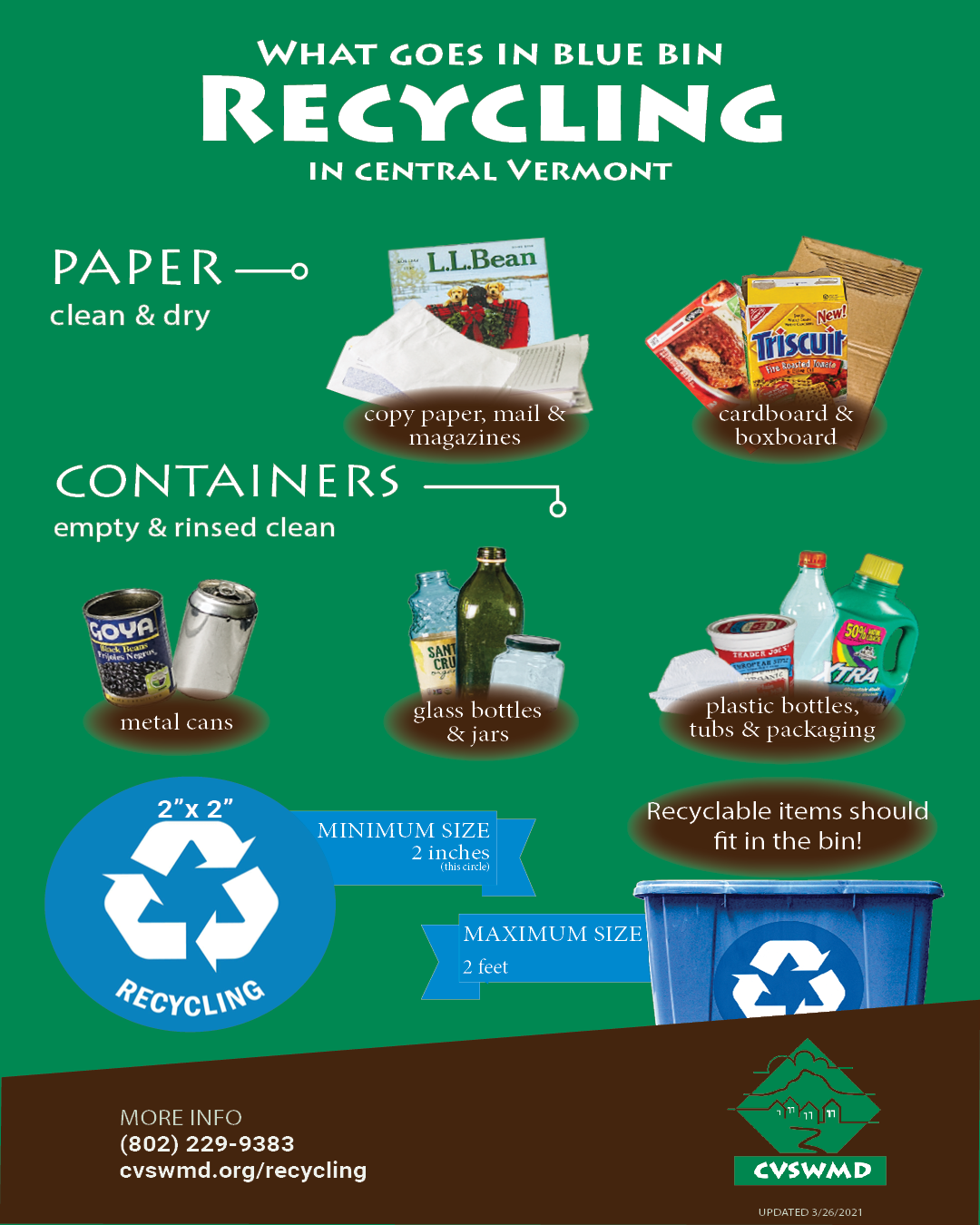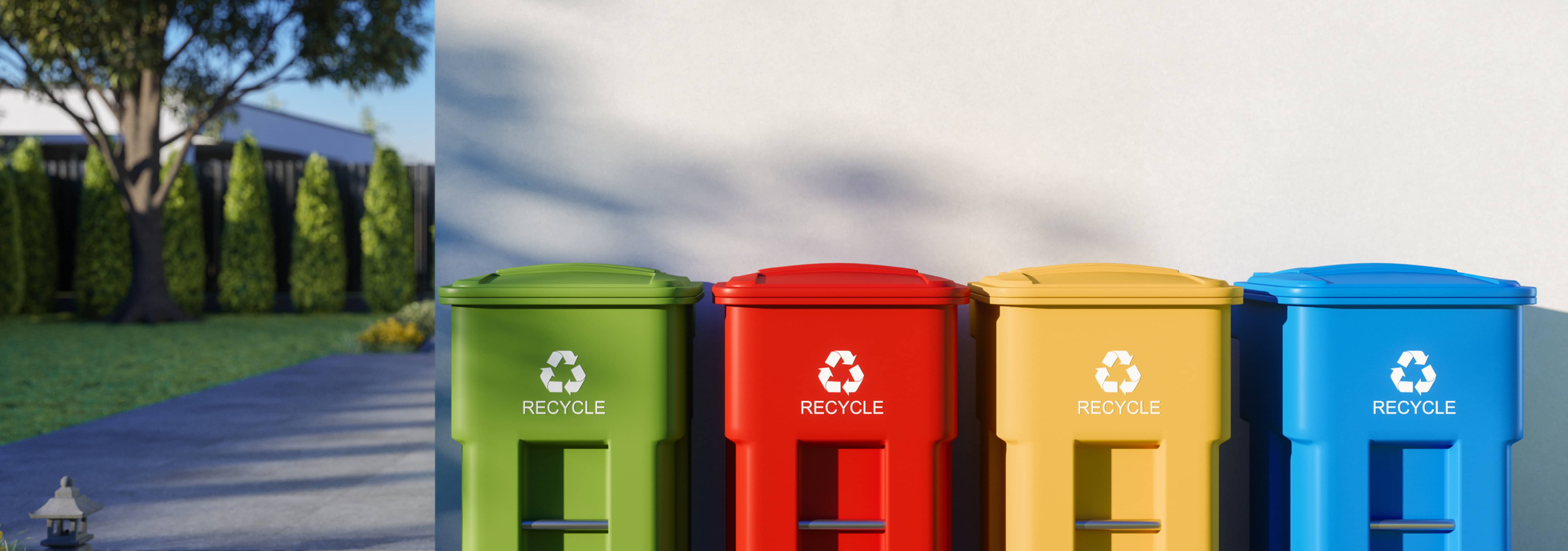Recycling Lives Services: Changing Waste right into Prized Possession Resources
Recycling Lives Services: Changing Waste right into Prized Possession Resources
Blog Article
Checking Out Various Kinds Of Waste in Modern Waste Monitoring Equipment
The modern landscape of waste monitoring includes browsing an intricate array of waste kinds, each needing specialized handling and disposal techniques to alleviate environmental influences. Community solid waste, hazardous waste, digital waste, and organic waste each existing distinctive obstacles and possibilities for source recuperation. Cutting-edge solutions such as wise waste bins and waste-to-energy innovations are becoming vital devices in improving efficiency and sustainability. Recognizing these waste kinds is essential for fostering public awareness and encouraging energetic involvement in sustainable methods. What strategies can effectively address these diverse sorts of waste while promoting a round economic situation?
Local Solid Waste
Community solid waste, frequently described as family trash or garbage, incorporates a range of discarded products produced by household, business, and institutional sources within a municipality. This waste stream usually includes things such as packaging, food scraps, backyard trimmings, paper, plastics, textiles, and thrown out house products. The management of local solid waste is a vital component of urban preparation and public wellness, necessitating effective collection, transport, and disposal systems.
Reliable waste management systems are made to decrease environmental impact while making best use of source recuperation. This typically entails a combination of methods consisting of recycling, landfilling, and composting. Reusing programs target products like paper, glass, steels, and certain plastics, diverting them from land fills and reestablishing them into the manufacturing cycle. Composting natural waste, such as food scraps and yard trimmings, not only minimizes land fill usage yet also creates valuable soil modifications.
Communities must also resolve the logistical and economic obstacles related to waste monitoring. Implementing pay-as-you-throw systems, enhancing public understanding, and buying modern technology can considerably enhance waste diversion rates. By incorporating these techniques, districts can cultivate lasting communities, lower greenhouse gas emissions, and conserve natural deposits.
Hazardous Waste

Efficient hazardous waste monitoring includes several vital steps: recognition, disposal, segregation, and therapy. Identification entails the classification of waste based upon its unsafe homes. Segregation ensures that dangerous materials are saved separately from non-hazardous waste to stop cross-contamination. Therapy methods, such as chemical neutralization, incineration, and stabilization, are employed to minimize the toxicity, volume, or mobility of the waste. Finally, disposal options, including secure garbage dumps and below ground storage space, are picked to make certain lasting containment.
Governing frameworks, such as the Source Conservation and Recuperation Act (RCRA) in the USA, supply guidelines and standards for contaminated materials administration. Adherence to these laws, combined with improvements in waste treatment innovations, is necessary in minimizing the dangers connected with contaminated materials.
Electronic Waste
Digital waste, commonly described as e-waste, stands for a quickly growing obstacle in waste administration systems globally. This type of waste encompasses disposed of electronic tools and devices such as smart devices, computer systems, tvs, and various other electronic home appliances. The fast speed of technological advancement, paired with decreasing product lifespans and customer demand for the most recent tools, has actually tremendously raised the volume of e-waste generated each year.
E-waste is specifically troublesome as a result of its complex structure, frequently having dangerous compounds like lead, mercury, and cadmium, which present significant ecological and health and wellness threats if not appropriately taken care of. On the other hand, e-waste likewise includes important materials such as silver, copper, and gold, which can be recovered and reused. The dual nature of e-waste-- both beneficial and dangerous-- demands customized handling, reusing, and disposal processes.
Efficient e-waste monitoring involves stringent regulative frameworks, durable collection systems, and advanced recycling modern technologies. Public recognition and participation are important, click here for more as improper disposal methods, such as helpful resources prohibited unloading and casual recycling, aggravate ecological contamination and health and wellness dangers. Improving e-waste monitoring techniques is essential for alleviating ecological effect and recouping beneficial sources in a progressively digital world.

Organic Waste
Organic waste, consisting of kitchen area scraps, yard trimmings, and farming residues, stands for a considerable portion of the international waste stream. This sort of waste is eco-friendly, suggesting it can be broken down by microbes into less complex natural substances. Regardless of its potential for natural decay, improper monitoring of organic waste can bring about negative environmental influences, including the discharge of greenhouse gases such as methane, which add to environment change.
Efficient management of natural waste is vital for reducing these ecological impacts (recycling lives services). Composting is a commonly embraced method, changing organic waste right into nutrient-rich garden compost that can boost soil health and farming performance. Additionally, anaerobic digestion is an arising modern technology that converts natural waste into biogas, an eco-friendly energy resource, and digestate, which can be utilized as plant food
Municipalities and waste administration entities should implement robust organic waste collection and treatment programs to take full advantage of the advantages of these processes. Public education projects can likewise play a critical function in motivating houses and businesses to separate natural waste from various other sorts of waste. By prioritizing the administration of organic waste, societies can minimize garbage dump use, lower greenhouse gas emissions, and create important byproducts for agricultural use.

Innovative Waste Monitoring
In the realm of waste monitoring, cutting-edge techniques are changing just how societies handle their refuse, intending for sustainability and performance. One noticeable innovation is the implementation of clever waste containers furnished with sensors that check fill levels and maximize collection paths.
Another notable growth is the adoption of waste-to-energy (WtE) technologies. By converting non-recyclable waste into useful energy via processes such as incineration and anaerobic digestion, WtE reduces land fill concern and offers a renewable resource resource. Advancements in chemical reusing allow for the malfunction of complicated plastics into their initial monomers, enabling the production of new, high-quality plastic items.
Moreover, the circular economy version is getting traction, highlighting the design of items and systems that prioritize reusability and source effectiveness. This holistic approach urges industries to decrease waste generation from the outset. Via these innovative methods, modern waste administration systems are not just resolving the instant difficulties of garbage disposal however likewise leading the way for a more sustainable future.
Final Thought
An extensive understanding of metropolitan strong waste, contaminated materials, digital waste, and organic waste, coupled with the application of ingenious see here waste management services, is necessary for reducing environmental influences. Incorporating technologies such as wise waste containers and waste-to-energy systems can enhance efficiency and sustainability. Reliable waste management approaches not only foster resource recovery but also advertise public recognition and participation, ultimately contributing to the development of a circular economic climate.
The contemporary landscape of waste management involves navigating a complex variety of waste kinds, each needing specialized handling and disposal techniques to minimize ecological effects. Metropolitan strong waste, dangerous waste, electronic waste, and organic waste each present unique difficulties and opportunities for source recovery.Digital waste, generally referred to as e-waste, represents a swiftly expanding challenge in waste management systems globally. With these ingenious techniques, modern waste monitoring systems are not only resolving the instant difficulties of waste disposal but likewise leading the means for an extra lasting future.
A thorough understanding of local solid waste, hazardous waste, electronic waste, and natural waste, coupled with the execution of ingenious waste administration remedies, is necessary for minimizing ecological effects. (recycling lives services)
Report this page